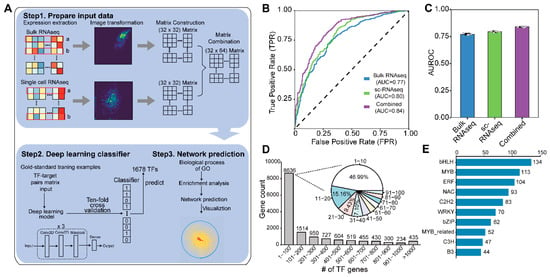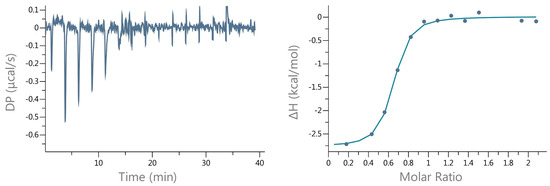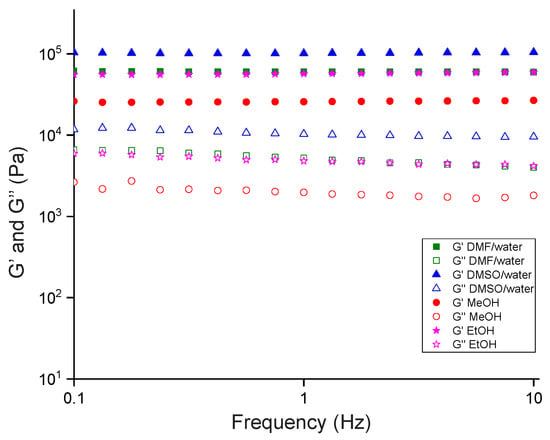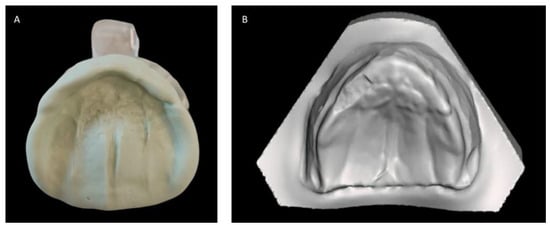The geological conditions evaluation of coalbed methane (CBM) is of great significance to CBM exploration and development. The CBM resources in the Southern Sichuan Coalfield (SSC) of China are very abundant; however, the CBM investigation works in this area are only just beginning,
[...] Read more.
The geological conditions evaluation of coalbed methane (CBM) is of great significance to CBM exploration and development. The CBM resources in the Southern Sichuan Coalfield (SSC) of China are very abundant; however, the CBM investigation works in this area are only just beginning, and the basic geological research of CBM is seriously inadequate, restricting CBM exploration and development. Therefore, in this study, a representative CBM block (Dacun) in the SSC was selected, and the CBM geological conditions were evaluated based on field injection/fall-off well testing, gas content and composition measurements, and a series of laboratory experiments. The results show that the CH
4 concentrations of coal seams in the Dacun Block, overall, take on an increasing trend as the depth increases, and the CH
4 weathering zone depth is 310 m. Due to the coupled control of temperature and formation pressure, the gas content shows a “increase→decrease” trend as the depth increases, and the critical depth is around 700 m. The CBM is enriched in the hinge zone of the Dacun syncline. The moisture content shows a negative correlation with CBM gas content. The porosities of coal seams vary from 4.20% to 5.41% and increase with the R
o,max. The permeabilities of coal seams show a strong heterogeneity with values ranging from 0.001mD to 2.85 mD and present a decreasing trend with the increase in depth. Moreover, a negative relationship exists between coal permeability and minimum horizontal stress magnitude. The reservoir pressure coefficients are between 0.51 and 1.26 and show a fluctuation change trend (increase→decrease→increase) as the depth increases, reflecting that three sets of independent superposed gas-bearing systems possibly exist vertically in the Longtan Formation of the study area. The Langmuir volumes (
VL) of coals range from 22.67 to 36.84 m
3/t, indicating the coals have strong adsorptivity. The
VL presents a parabolic change of first increasing and then decreasing with the increase in depth, and the turning depth is around 700 m, consistent with the critical depth of gas content. The gas saturations of coal seams are, overall, low, with values varying from 29.10% to 116.48% (avg. 68.45%). Both gas content and reservoir pressure show a positive correlation with gas saturation. The CBM development in the Dacun Block needs a large depressurization of reservoir pressure due to the low ratio (avg. 0.37) of critical desorption pressure to reservoir pressure.
Full article
 IJMS
IMPACT
IJMS
IMPACT Applied Sciences
IMPACT
Applied Sciences
IMPACT Sustainability
IMPACT
Sustainability
IMPACT Sensors
IMPACT
Sensors
IMPACT JCM
IMPACT
JCM
IMPACT Materials
IMPACT
Materials
IMPACT Molecules
IMPACT
Molecules
IMPACT Energies
IMPACT
Energies
IMPACT Electronics
IMPACT
Electronics
IMPACT Remote Sensing
IMPACT
Remote Sensing
IMPACT Cancers
IMPACT
Cancers
IMPACT Nutrients
IMPACT
Nutrients
IMPACT Mathematics
IMPACT
Mathematics
IMPACT Foods
IMPACT
Foods
IMPACT Buildings
IMPACT
Buildings
IMPACT Polymers
IMPACT
Polymers
IMPACT Animals
IMPACT
Animals
IMPACT Water
IMPACT
Water
IMPACT Plants
IMPACT
Plants
IMPACT Agronomy
IMPACT
Agronomy
IMPACT Biomedicines
IMPACT
Biomedicines
IMPACT Processes
IMPACT
Processes
IMPACT Microorganisms
IMPACT
Microorganisms
IMPACT Diagnostics
IMPACT
Diagnostics
IMPACT Nanomaterials
IMPACT
Nanomaterials
IMPACT Viruses
IMPACT
Viruses
IMPACT Medicina
IMPACT
Medicina
IMPACT Healthcare
IMPACT
Healthcare
IMPACT Cells
IMPACT
Cells
IMPACT Forests
IMPACT
Forests
IMPACT Agriculture
IMPACT
Agriculture
IMPACT Land
IMPACT
Land
IMPACT JMSE
IMPACT
JMSE
IMPACT IJERPH
IJERPH
 Symmetry
IMPACT
Symmetry
IMPACT Genes
IMPACT
Genes
IMPACT Pharmaceutics
IMPACT
Pharmaceutics
IMPACT Coatings
IMPACT
Coatings
IMPACT Micromachines
IMPACT
Micromachines
IMPACT Pharmaceuticals
IMPACT
Pharmaceuticals
IMPACT Atmosphere
IMPACT
Atmosphere
IMPACT Children
IMPACT
Children
IMPACT Religions
IMPACT
Religions
IMPACT Antioxidants
IMPACT
Antioxidants
IMPACT Life
IMPACT
Life
IMPACT Metals
IMPACT
Metals
IMPACT Biomolecules
IMPACT
Biomolecules
IMPACT Vaccines
IMPACT
Vaccines
IMPACT Education Sciences
IMPACT
Education Sciences
IMPACT Minerals
IMPACT
Minerals
IMPACT Horticulturae
IMPACT
Horticulturae
IMPACT Brain Sciences
IMPACT
Brain Sciences
IMPACT JPM
IMPACT
JPM
IMPACT Bioengineering
IMPACT
Bioengineering
IMPACT

























